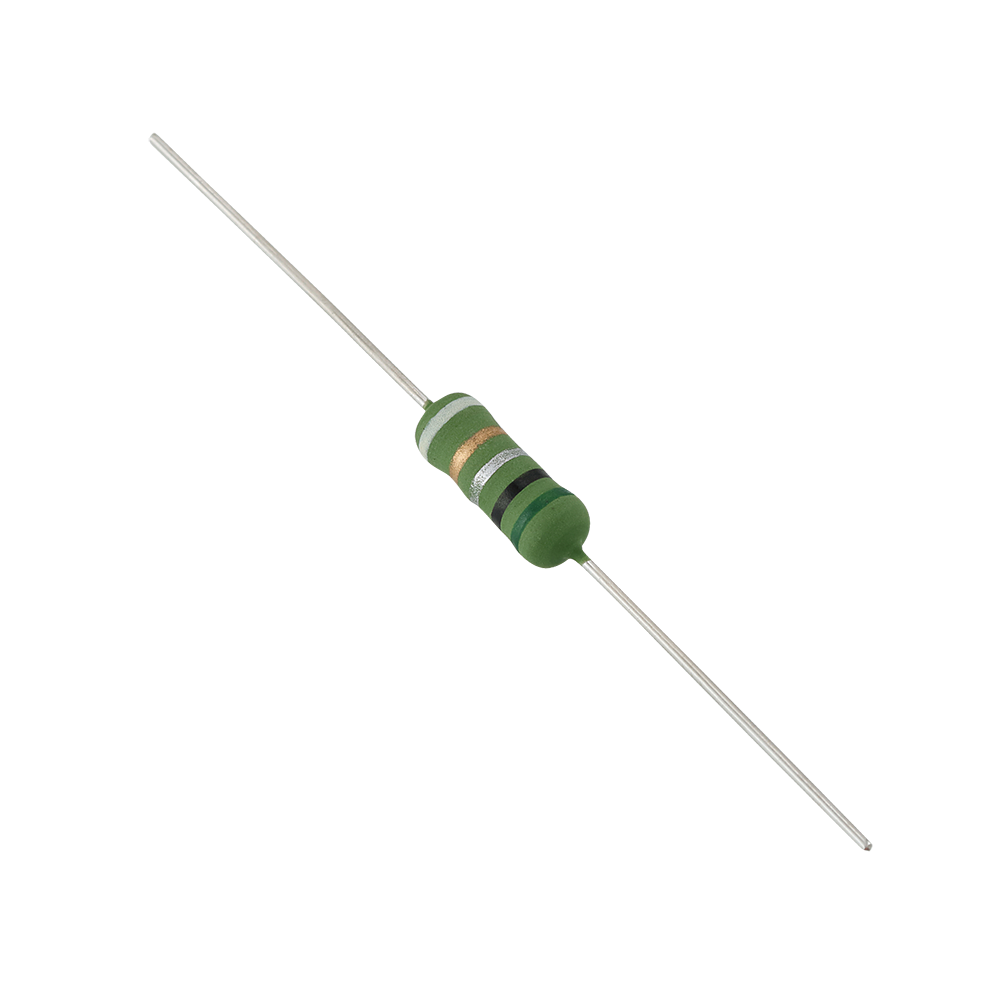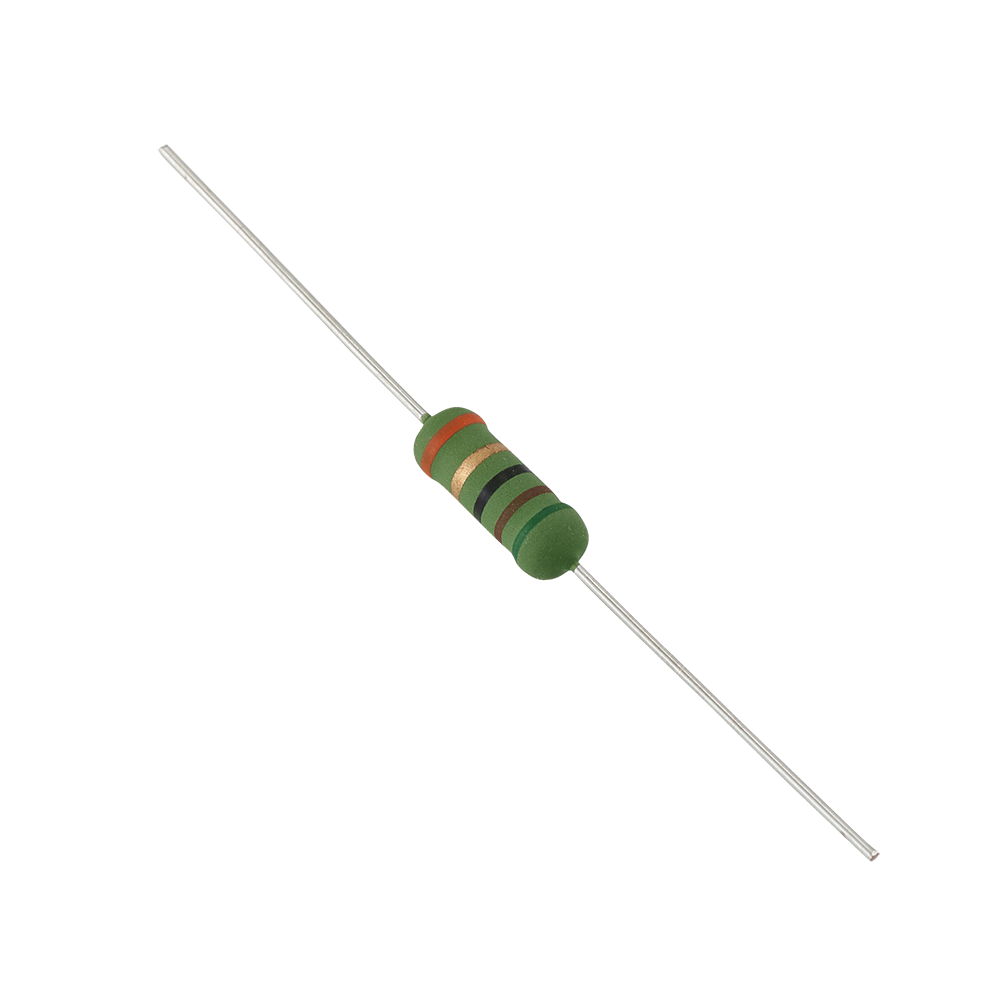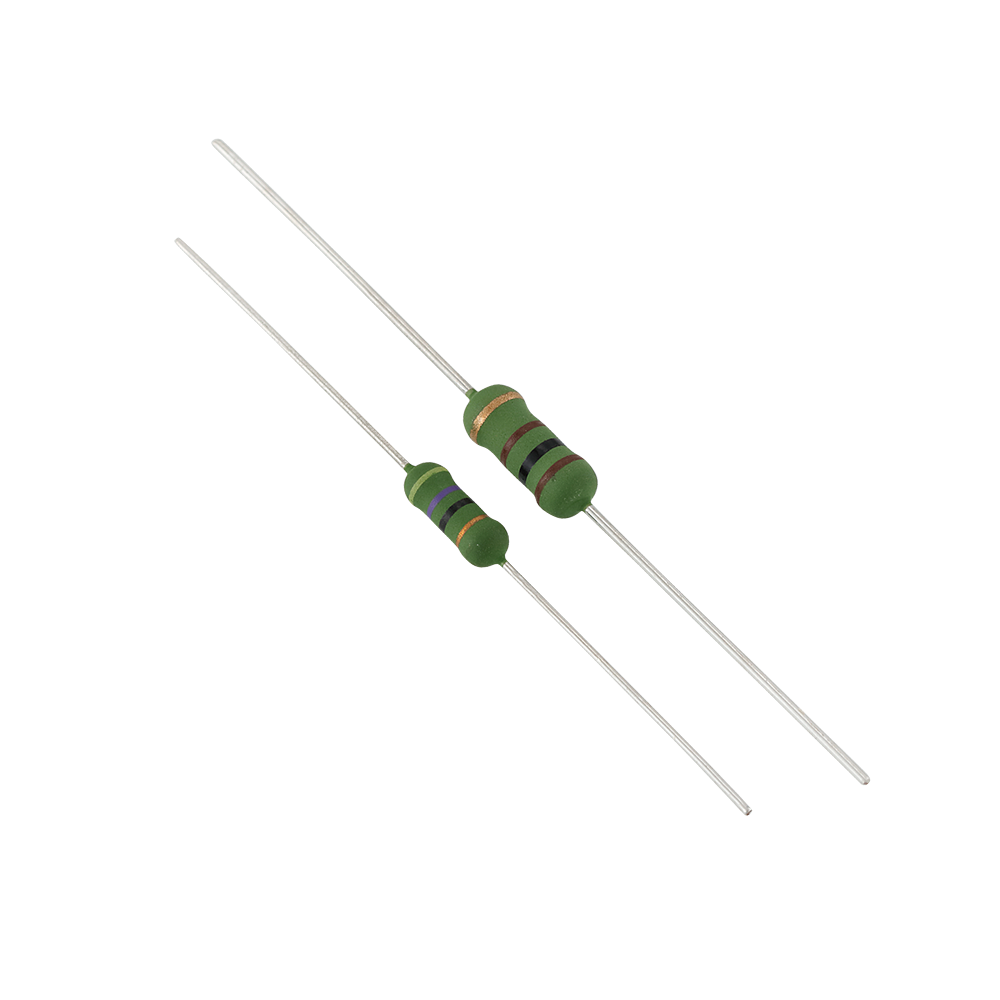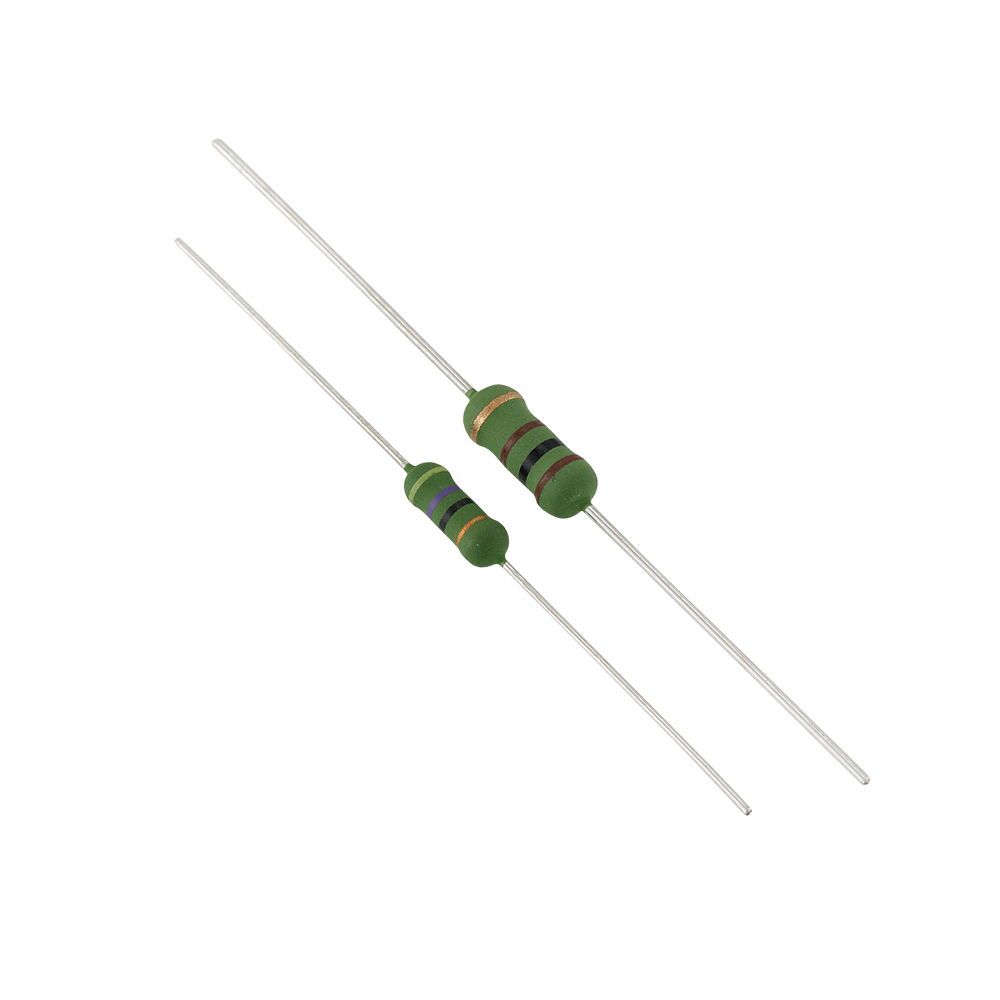Home >> Products >> Resistors >> Radial >> Wire wound resistors
| image | Series | Features | Description | catalog | Specification | RoHS | REACH | Part No. | Application |
|---|---|---|---|---|---|---|---|---|---|

|
NKNP | NKNP Non-Inductive Wound Resistors,Flameproof |
|
NKNP | Application Guide | ||||

|
KNP | Wire Wound Resistors,Flameproof |
|
Application Guide | |||||

|
KNP-A | Wire Wound, Resistors,Flameproof Anti-Burst |
|
Application Guide | |||||

|
KNP-C | Wire Wound, Resistors,Flameproof Anti-Surge |
|
Application Guide | |||||

|
KNP-S | Wire Wound, Resistors,Flameproof(Small Type) |
|
Application Guide |
A wirewound resistor is an electrical passive device that limits or restricts current flow in a circuit. Wirewound resistors are constructed using a conductive wire. The conductive wire is then wound around a non-conductive core. The conductive wire can be made of varying alloys and thickness to control the resistance value. Wirewound resistors are typically used in high power and industrial applications such as circuit breakers and fuses.
We offer over 20 different series in wirewound construction. which can be chosen based on mounting, application, and resistance range. Different types of wirewound resistors include Precision, Axial, Tubular, Surfacemount, and Adjustable, which all have good stability and resistance range, and are produced in many wattage sizes. The higher wattage wire wound resistors are used in High Current/Braking applications.
Wirewound resistors have several properties that make them useful in a variety of applications. These properties include:
Resistance value: The resistance value of a wirewound resistor is determined by the material of the wire, the length and diameter of the wire, and the number of turns of the wire. Wirewound resistors are available in a wide range of resistance values, from a few ohms to several megaohms.
Tolerance: The tolerance of a wirewound resistor is the maximum allowed deviation of the resistor's resistance value from its nominal value. Wirewound resistors are available with tolerances ranging from 0.01% to 20%. This can be very useful for applications such as use in measuring instruments.
Power rating: The power rating of a wirewound resistor is the maximum amount of power that it can dissipate without overheating. Power wirewound resistors are available in a range of power ratings, from a few watts to several kilowatts.
Temperature coefficient of resistance (TCR): The temperature coefficient of resistance (TCR) of a wirewound resistor is the change in resistance value per unit temperature change. Wirewound resistors are available with low TCR values, making them suitable for use in temperature-sensitive circuits.
Inductance: The inductance of a wirewound resistor is the property that causes the resistor to oppose changes in current. Non-inductive wirewound resistors are available for use in high-frequency circuits where low inductance is required.
Stability: Wirewound resistors are relatively stable over a wide temperature range and have a low temperature coefficient of resistance (TCR). This makes them suitable for use in temperature-sensitive circuits.
Wirewound resistors have several advantages over other types of resistors, including their high power handling capability, high precision, and low inductance.
There are several types of wirewound resistors, including:
Precision wirewound resistors: These are wirewound resistors that are designed to have a very precise resistance value. They are often used in high-precision circuits, such as in measurement and test equipment.
Power wirewound resistors: These are wirewound resistors that are designed to handle high power levels. They are often used in power electronic circuits, such as in power supplies and motor drives.
Non-inductive wirewound resistors: These are wirewound resistors that are designed to have a very low inductance value. They are often used in high-frequency circuits, such as in radio frequency (RF) and microwave applications.
Temperature-stable wirewound resistors: These are wirewound resistors that are designed to have a low temperature coefficient of resistance (TCR), which means that their resistance value does not change significantly with temperature. They are often used in temperature-sensitive circuits, such as in temperature measurement and control systems.
Variable wirewound resistors: These are wirewound resistors that have a variable resistance value, which can be adjusted using a mechanical or electrical mechanism. They are often used as potentiometers or as variable resistors in circuits.
Wirewound resistors are available in a range of physical sizes, from small axial leaded resistors to large chassis-mounted resistors. They are also available in a range of resistance values, from a few ohms to several megaohms.
Wire wound resistors are very good for low frequency and DC operation, but as the frequency of operation rises, the effects of inductance and capacitance become more noticeable.
The inductance arises from the fact that the resistor is effectively a coil of resistance wire and is effecting an inductor. The capacitance occurs between the different turns on the coil, etc.
As the frequency of operation rises above 100kHz or so, these affects can become significant and alter the operation of the circuit.
Normally the wirewound resistor is wound as an ordinary coil on a ceramic former and this is more than adequate for most types of operation. However if low inductance and capacitance are needed, there are other methods that can be used to hep reduce, although not eliminate the inductance and capacitance.
There are methods that can be employed to reduce the inductance:
Bifilar winding :Bifilar winding is a technique used to wind wirewound resistors, inductors, and transformers. In bifilar winding, two wires are wound together, side by side, on the same axis. This can be done using a single spool of wire, with the two wires pulled out of the spool together, or using two separate spools of wire.
Simple winding on a flat former: Another way to reduce the capacitance that arises with a bifilar winding is the simple winding on a flat former. The thinner the card, the closer the wires of front and back are together. They cancel each other's field and thus reduce the inductance.
Ayrton-Perry winding: Resistors with Ayrton-Perry winding are used for the most demanding circuits. This type of winding is similar to the simple winding on a flat former, but in this case two opposite windings are applied. The wires with opposite direction of currents are close together, so that the winding is free of self induction. The intersections of the two windings are at the same potential to minimize the capacitance.
Telecommunication Base stations
Audio equipment
Medical equipment
Industrial equipment
Smart meters
Renewable energy
Industrial
Power supplies chargers
Lighting
Instruments/gauges
White goodsIf you are interested in our products, please contact us for more information.
Read More